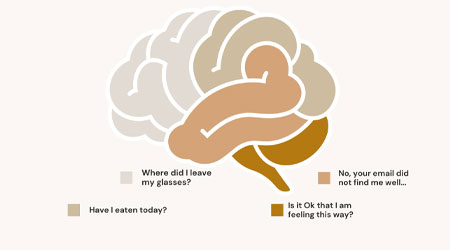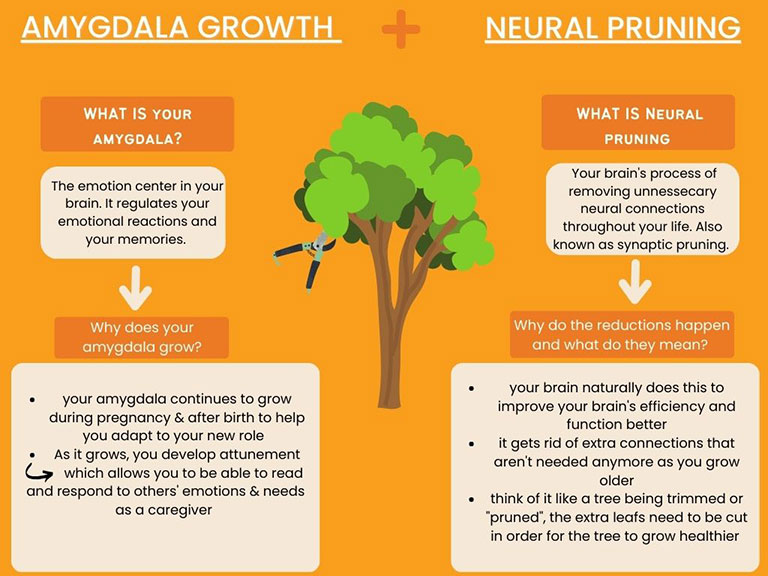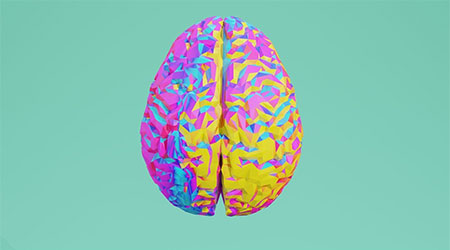
The 4th Trimester: Postpartum Support Across Different Cultures
Have you heard of nesting parties? The concept is really an old tradition with a modern-day twist. Nesting parties today are gatherings that help the new parents prepare prior to the birth of their baby. A small group of friends and/or family come over during the last month of pregnancy to deep clean the home, stock the freezer with meals, help put furniture together, and more. Unlike baby showers that focus on celebrating the anticipated birth of the baby, nesting parties focus on supporting the parents, particularly the new mother, directly. But could we offer even more support?
Last year I was fortunate to have two High Tech High Mesa student interns helping me research and develop social media content. Below is the second of two articles written by Alissa Flores, now a high school senior. She examines how different cultures support the new mother during the fourth trimester.
The 4th Trimester
By Contributing Writer Alissa Flores, Intern
Class of 2023 high school student at High Tech High Mesa.
Interested in making mental health information more accessible and comprehensive.
Imagine having the house cleaned and food cooked for 40 days straight and just being able to focus on your newborn infant. Believe it or not, this is reality in various countries and cultures around the world for the postpartum mother. Postpartum periods are a vital transition for women as they journey into motherhood. This momentous shift is recognized in numerous nations ranging from Belgium to the Dominican Republic. Conversely in the U.S. the motherhood journey is often a solitary one where the mother is expected to “do it all” without much or (or any) community and family support beyond the first two weeks postpartum.
Studies determined the average postpartum period in other cultures is around 40 days. Focusing on women after delivery is essential for many cultures. Cultural practices from Latin America include a 40-day postpartum isolation period where the new mother only worries about healing from labor and bonding with her baby. This practice, known as La Cuarentena, means “the quarantine” in Spanish. Rest is required and female family members support the new mother by doing the chores and cooking. On the menu for mom might be nourishing foods like broth and roasted chicken. Across the Pacific in China, a 2,000 year old tradition, known as zuo yue zi or “sitting the month,” prioritizes the new mom’s recovery by resting and having a special diet. Other countries have routine in-home postpartum care. For instance, Belgium and the Netherlands provide new moms with a maternity nurse that gives at-home care for a minimum of 24 hours within 8 days of discharge. Nordic customs often have visitors bring the new mother meals to eat during her 40-day rest period to support her. The female friends and family took turns helping around the house and with the baby.
Some studies show that the U.S. strongly differs from other cultures in that Americans do not participate in postpartum customs which “mother” women for longer periods (Parents,2021). American standards lead many women to feel like they have to do it all immediately after birth.
The custom of La Cuarentena is believed by Latinas to keep good health and prevent illness throughout their life. The Chinese tradition of “doing the month”, descended from the Sung Dynasty and Chinese medicine that supports the balance of yin and yang (Slate,2011). Postpartum Mexican women in the U.S. were studied in 1982; those who followed La Cuarentena reported less symptoms of depression compared to women who did not (Archives of Women’s Mental Health,2010). In 2006, a study on the Chinese tradition was also linked to lower signs of postpartum depression. Evidently these customs are working for mothers. New mother, Evelyn Escobar who lives in Los Angeles, took part in La Cuarentena. She says that she had her husband, delivery help, and her community to care for her as she healed. She was able to rest and recover which allowed her to transition seamlessly into motherhood. She claims,” ‘It gave me the preparation that I needed to sort of come out and feel confident about my new role as a mother’ “(Parents,2021). Author Heng Ou, of the book, The First Forty Days: The Essential Art of Nourishing the New Mother, emphasizes “If we take care of our mothers, we really take care of our society as a whole”. Ou only practiced “sitting the month” for her first born and as a result, with her other children, she felt disconnected from her body because she immediately returned to work after birth (Parents,2021).
While these traditions aren’t perfect or ensure success, they all have one thing in common for mothers to learn from: slowing down is key. Studies show that “postnatal social support indicates positive effects on the mothers’ mood” (Archives of Women’s Mental Health,2010). Postpartum care in the U.S. is often inadequate, particularly for families who lack the resources to hire help if family is not nearby. We must ask for more support of our postpartum mothers. Many cultures truly believe women are vulnerable postpartum and must be well taken care of like the newborn for a reason. Modern mothers don’t have to follow traditions step by step but having more help (e.g. someone to cook and clean, take care of the older children) can be beneficial for the entire family and society as a whole. According to Ou: “Healthy babies start with healthy parents” (Parents,2021).






